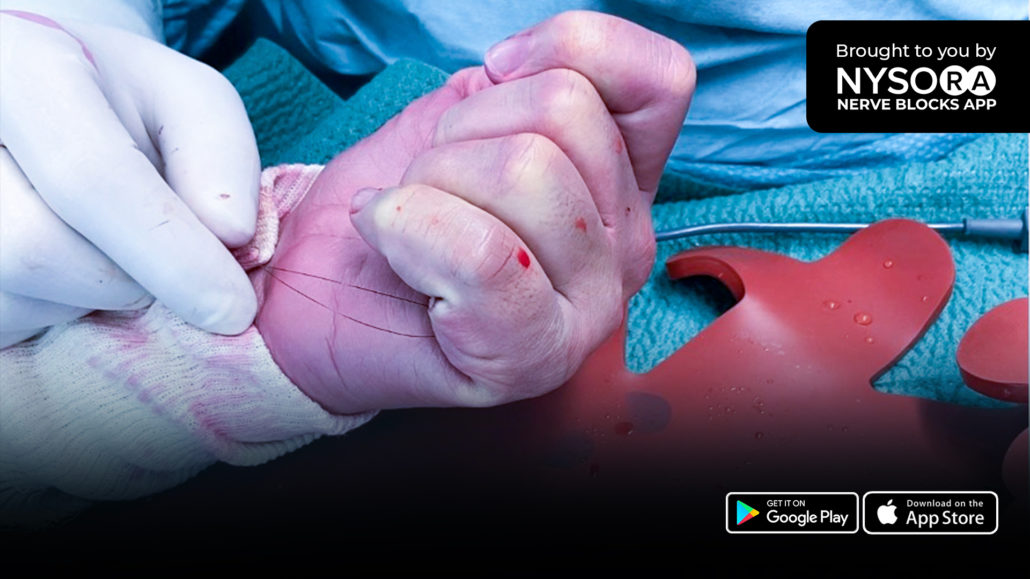
Case study: Flexor tendon release
Our new case study describes how we avoid residual adhesions during flexor tendon release and completely restore hand function.
Certain cases require intraoperative patient cooperation and testing to gauge the surgery’s functional outcome. This rules out general anesthesia as an option, making distal peripheral nerve blocks crucial.
6 weeks after the surgical repair of a flexor digitorum profundus (FDP) laceration, a 56-year-old woman was admitted with an active flexion dysfunction of the fifth digit. To evaluate the finger flexion during the surgical intervention and attempts to release the flexor tendon, we had to avoid general anesthesia. Failure to test and document the full flexion may have resulted in an incomplete tendon release. Therefore, specific distal nerve blocks were used, which allowed intraoperative patient coordination and motor function testing.
We opted to perform median and ulnar nerve blocks just proximal to the wrist crease. Median and ulnar nerve blocks are performed distal to the innervation of the flexors of the hand and digits, providing complete anesthesia of the fifth digit without causing motor weakness. Consecutively, the patient has a complete anesthetic during the operation and was able to fully cooperate (i.e., open and close the hand) as the surgeons explored the fifth digit’s flexor tendon. Even after the surgical release and when the operation was considered complete, the intraoperative active flexion evaluation detected residual adhesions that required additional cleaning of the flexor tendon to restore the hand function completely.

How do you perform flexor tendon release in your practice?



